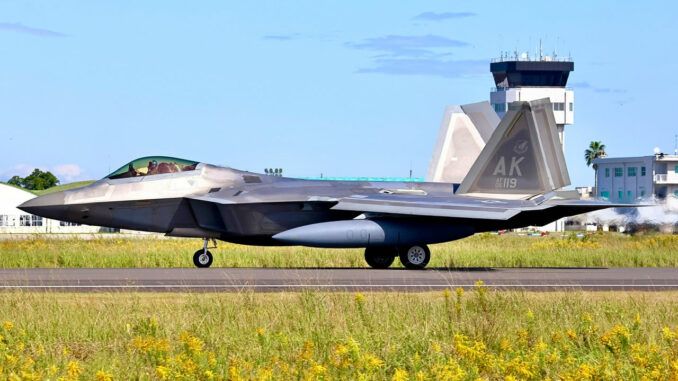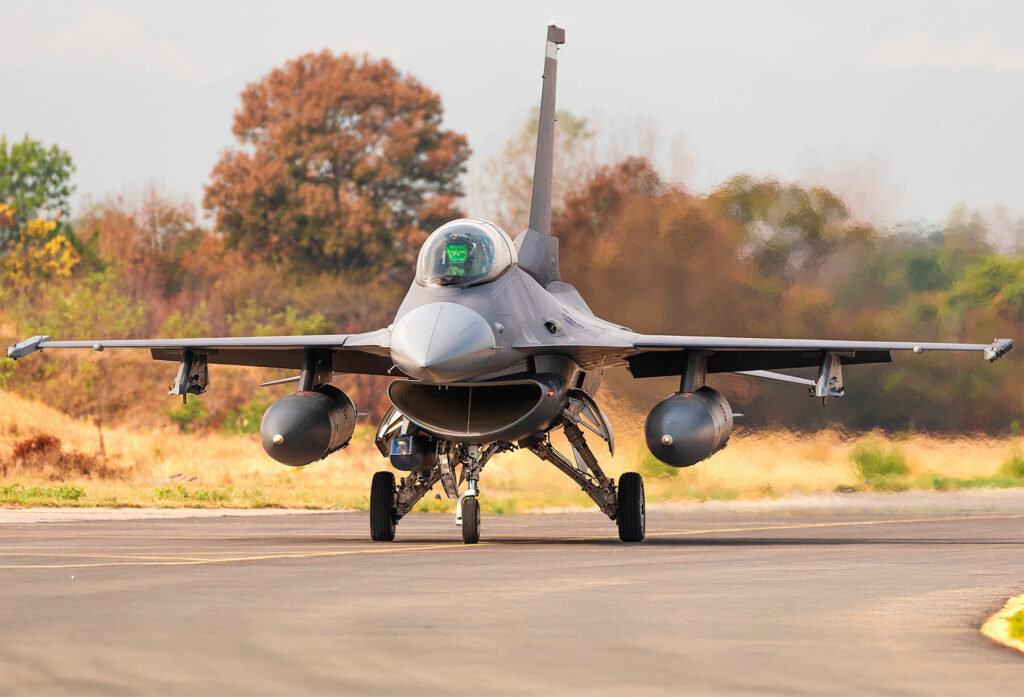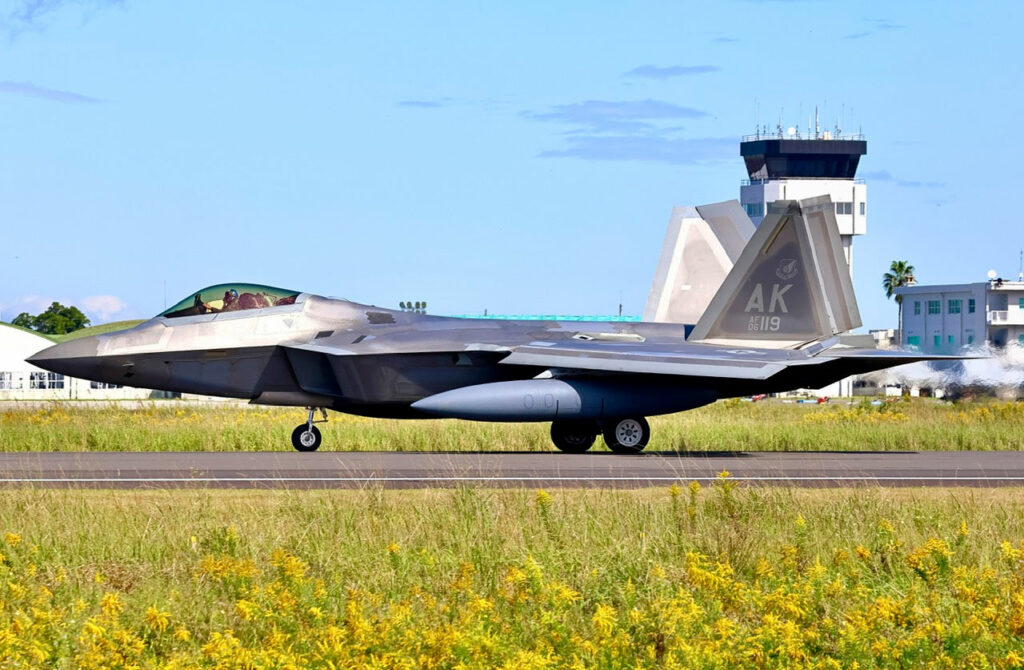
Edwards AFB is stepping up USAF testing, incorporating AI and autonomous drones, in the face of China’s military challenges.
Edwards Air Force Base (AFB), located in the Mojave Desert, has been the heart of US Air Force military testing for over 80 years. Faced with rapidly evolving threats, particularly from China, the USAF is stepping up its testing, incorporating technologies such as artificial intelligence (AI) and collaborative combat drones. The base is also testing strategic aircraft such as the B-21 Raider and T-7A Red Hawk, while modernizing its infrastructure and using advanced digital tools to reduce development times. These efforts are aimed at maintaining technological and strategic superiority in the face of increasingly competitive adversaries.

History and role of Edwards AFB
Since 1942, Edwards AFB has been at the heart of American aerial innovation. Major breakthroughs, such as Chuck Yeager’s breaking of the sound barrier in 1947, have marked its history. Today, the base is busier than ever, testing technologies essential to the USAF’s future needs. Among the aircraft currently being tested are the B-21 Raider, a new-generation stealth bomber, and the T-7A Red Hawk, an advanced trainer.
Edwards AFB’s strategic role is reinforced by its integration into a national test network, including the Nevada Test and Training Range and the Pacific Test Ranges. These facilities enable complex simulations and real-life testing, essential for guaranteeing the reliability of new systems.
Modernization through artificial intelligence and digital tools
The integration of artificial intelligence (AI) is transforming military testing at Edwards AFB. For example, AI is being used to automate processes such as Test Hazard Analysis and test card creation. According to General Douglas Wickert, these tools reduce preparation times from days to minutes.
Another example is the X-62A VISTA, an aircraft used as a testbed for autonomous agents. In a recent test, the AI took control of a simulated combat scenario, intercepting a target more than 32 km away. These tests demonstrate the potential of AI to assist, or even replace, human pilots in specific missions.
The data generated is massive: each test produces several terabytes of data, analyzed in real time to validate the numerical models. This “digital” approach reduces costs and accelerates development, by moving from a physical test model to a digitally validated one.
Collaborative drones: a strategic priority
Collaborative Combat Aircraft (CCA) drones are at the heart of the USAF’s new strategies. These autonomous drones act in coordination with manned aircraft such as the F-22 Raptor and F-35 Lightning II, offering a significant numerical advantage. Edwards AFB is designated as the primary center for CCA testing.
The complexity of the tests includes challenges such as validating the UAVs’ autonomous capabilities and their integration into operational environments. Initial tests are carried out in simulation in the Joint Simulation Environment (JSE), prior to real-life testing. This work explores crucial questions, such as the optimum number of UAVs that can be controlled by a human pilot, or the tactical scenarios in which they would be most effective.

Strategic implications and future challenges
Edwards AFB’s efforts reflect a strategic urgency in the face of China’s rising military power. The aim is to maintain a technological lead, particularly in the areas of autonomy and stealth. Investments in AI and digital testing, combined with the introduction of new aircraft such as the B-21 Raider, are aimed at deterring potential adversaries while strengthening alliances.
However, these efforts require significant resources. According to Wickert, Edwards AFB will need to recruit around 1,600 new employees and modernize its infrastructure to meet growing demand. Challenges also include cost management: programs such as the F-35 already cost over €2,000 billion over their lifecycle.
War Wings Daily is an independant magazine.